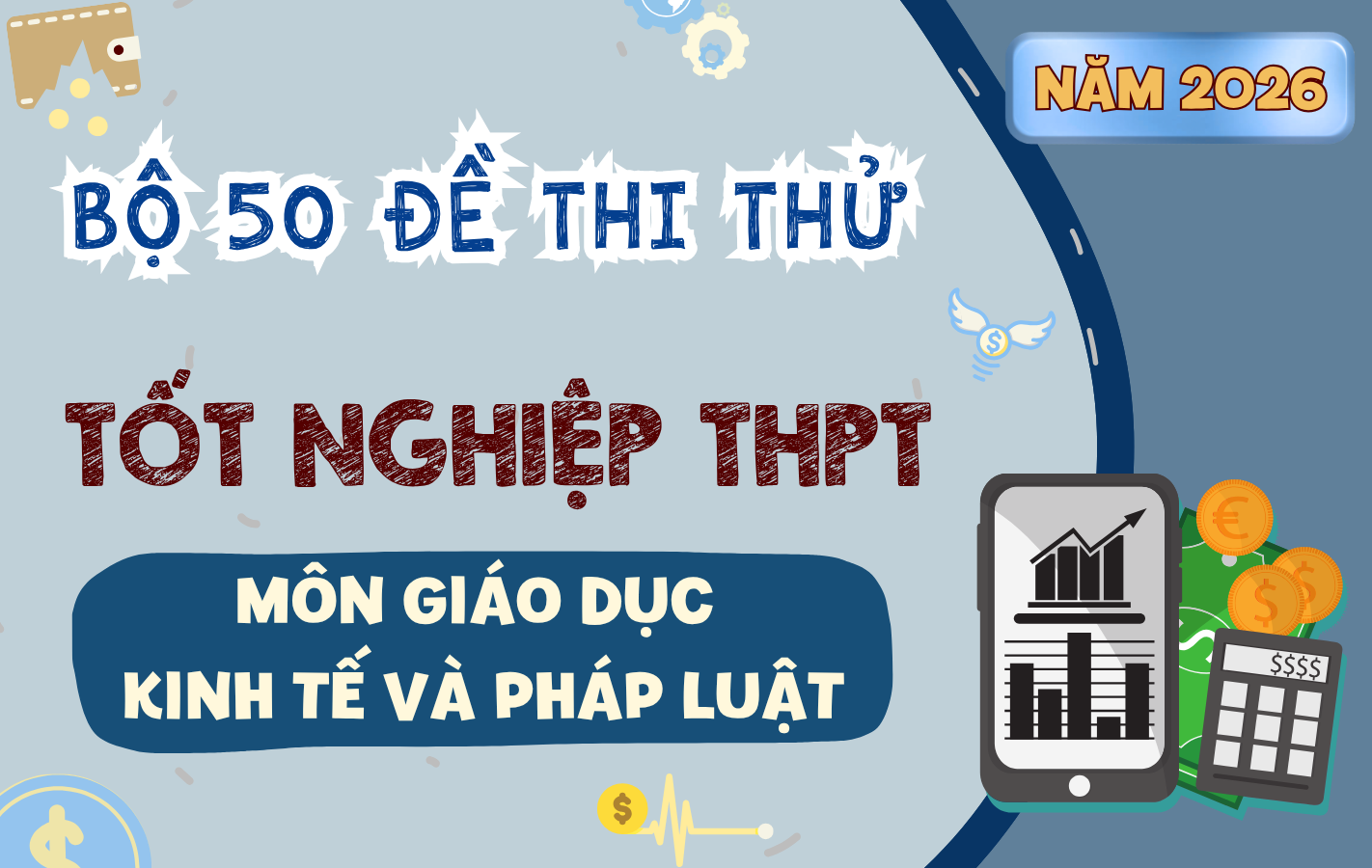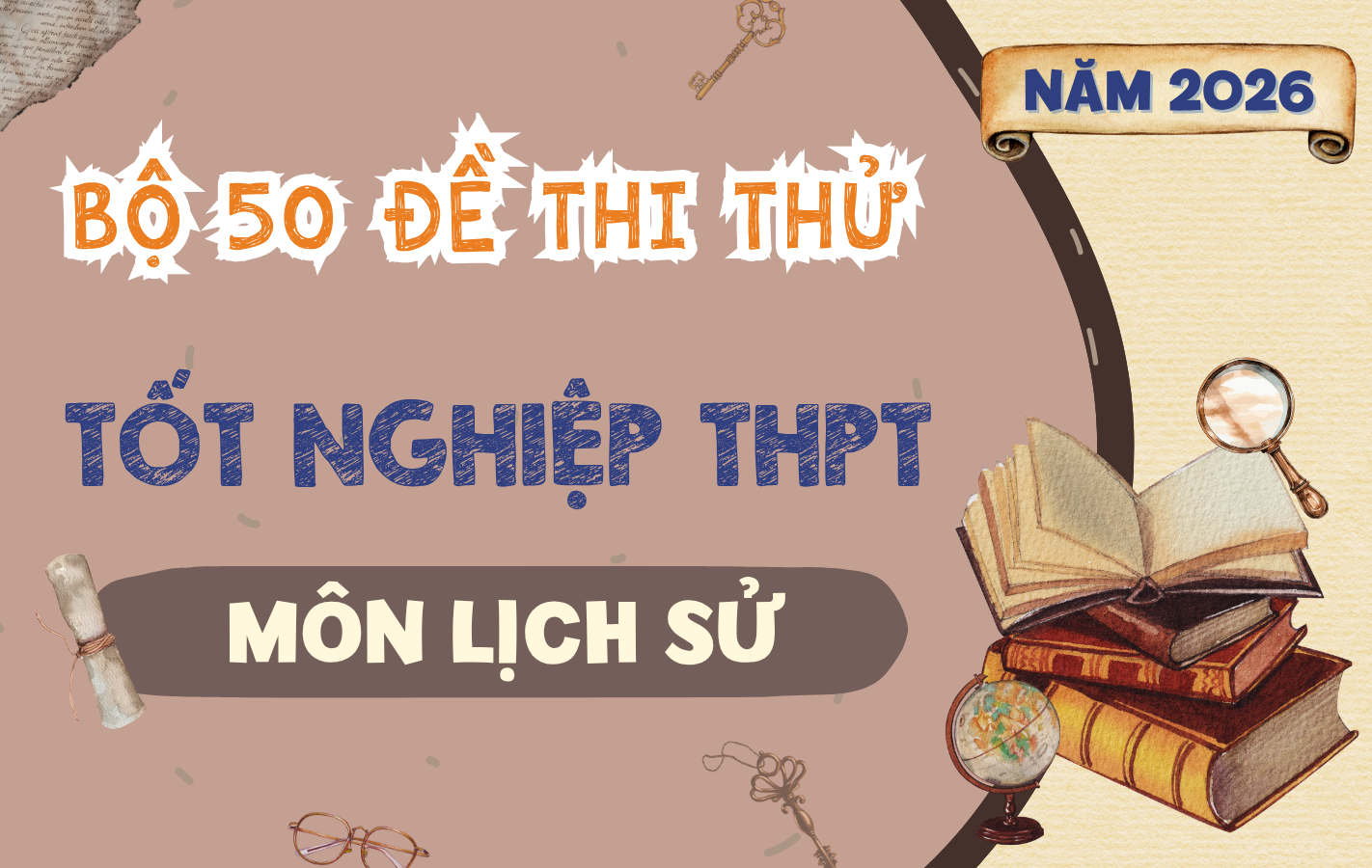Câu hỏi:
Read the following passage about Preserving Today's Soundscapes for Future Generations and mark the letter A, B, C or D on your answer sheet to indicate the best answer to each of the following questions from 23 to 30.
Sonic time capsules save today's sounds for future people. Scientists capture everyday sounds like streets, birds, and children playing in parks around the world. These recordings help us remember our world before changes. Cities are losing unique sounds as life becomes similar everywhere. Old machines, music, and natural sounds might disappear if not saved. Many important cultural sounds are already lost forever because nobody thought to record them when they still existed.
Sound collectors use microphones to record in different places. They visit forests, oceans, cities, and villages to capture soundscapes throughout different seasons and times of day. They store sounds in digital libraries for years. Museums have rooms for listening to past sounds. These experiences help people understand history in ways books cannot. Some researchers travel to remote locations to record indigenous languages and traditional ceremonies before they vanish from our collective memory.
Climate change is changing world sounds. Melting glaciers, endangered animals, and disappearing languages need saving before they're gone. Researchers believe future people will want to know how our world sounded. These capsules will be important records, like photographs. Scientists study how sounds affect human health. The sounds of nature can reduce stress and improve mental health, which makes preserving natural soundscapes even more important for future generations who may live in highly urbanized environments.
Community projects invite people to record daily sounds. Children learn to listen carefully to the world around them and identify sounds that matter to their community. Old people share recordings from their childhood. People feel emotions when listening to these collections. Artists create music using everyday recordings. These projects help communities protect special sounds for the future. Some cities now have sound preservation policies that protect unique acoustic environments just as they would protect historic buildings or natural landscapes from development.
Which of the following is TRUE according to the passage?
Museums create special rooms where visitors can experience sounds from different times and places.
Sound preservation policies are now common in most cities around the world to protect acoustic environments.
Natural sounds have been proven to reduce stress and improve mental health for people in urban settings.
Indigenous languages are being successfully preserved through global recording initiatives in all regions.
Đáp án đúng: C
Giải Thích: Điều nào sau đây là ĐÚNG theo đoạn văn?
A. Museums create special rooms where visitors can experience sounds from different times and places.: Đúng, bài viết nói rằng các bảo tàng có các phòng đặc biệt để khách tham quan có thể nghe lại các âm thanh từ quá khứ. Đây là một phần quan trọng trong việc lưu giữ các âm thanh của quá khứ, giúp người ta hiểu lịch sử theo cách mà sách vở không thể làm được. Vì vậy, A là đúng.
B. Sound preservation policies are now common in most cities around the world to protect acoustic environments.: Bài viết chỉ đề cập đến một số thành phố có chính sách bảo tồn âm thanh, nhưng không nói rằng điều này là phổ biến ở hầu hết các thành phố trên toàn thế giới. Vì vậy, B là sai.
C. Natural sounds have been proven to reduce stress and improve mental health for people in urban settings.: Điều này đúng trong bài viết, vì bài viết nói rằng các âm thanh tự nhiên có thể giúp giảm căng thẳng và cải thiện sức khỏe tinh thần, đặc biệt là đối với những người sống trong môi trường đô thị. Tuy nhiên, câu này chỉ là một phần của lý do bảo vệ âm thanh tự nhiên, không phải là một lý do mạnh mẽ để chọn đáp án C là câu trả lời đúng nhất.
D. Indigenous languages are being successfully preserved through global recording initiatives in all regions.: Bài viết không đề cập rằng các ngôn ngữ bản địa đang được bảo tồn thành công ở tất cả các khu vực trên thế giới. Điều này chỉ được đề cập như một vấn đề quan trọng cần bảo tồn, nhưng không phải tất cả các ngôn ngữ bản địa đều đang được bảo vệ. Vì vậy, D là sai.
Câu hỏi này thuộc đề thi trắc nghiệm dưới đây, bấm vào Bắt đầu thi để làm toàn bài
Bộ đề thi giúp học sinh lớp 12 làm quen với cấu trúc và nội dung đề thi tốt nghiệp THPT môn Tiếng Anh năm 2025. Đề thi được xây dựng theo định hướng của Bộ GD ĐT, bao gồm các phần Ngữ âm, Từ vựng - Ngữ pháp, Chức năng giao tiếp, Kỹ năng đọc hiểu, Kỹ năng viết và Phát âm - Trọng âm. Hệ thống câu hỏi đa dạng, bám sát chương trình học, giúp học sinh rèn luyện kỹ năng làm bài và nâng cao tư duy ngôn ngữ. Đáp án chi tiết đi kèm hỗ trợ học sinh tự ôn tập, đánh giá năng lực và chuẩn bị tốt nhất cho kỳ thi quan trọng.
Câu hỏi liên quan

Bộ 50 Đề Thi Thử Tốt Nghiệp THPT Giáo Dục Kinh Tế Và Pháp Luật Năm 2026 – Theo Cấu Trúc Đề Minh Họa Bộ GD&ĐT

Bộ 50 Đề Thi Thử Tốt Nghiệp THPT Lịch Sử Học Năm 2026 – Theo Cấu Trúc Đề Minh Họa Bộ GD&ĐT

Bộ 50 Đề Thi Thử Tốt Nghiệp THPT Công Nghệ Năm 2026 – Theo Cấu Trúc Đề Minh Họa Bộ GD&ĐT

Bộ 50 Đề Thi Thử Tốt Nghiệp THPT Môn Hóa Học Năm 2026 – Theo Cấu Trúc Đề Minh Họa Bộ GD&ĐT

Bộ 50 Đề Thi Thử Tốt Nghiệp THPT Môn Sinh Học Năm 2026 – Theo Cấu Trúc Đề Minh Họa Bộ GD&ĐT
